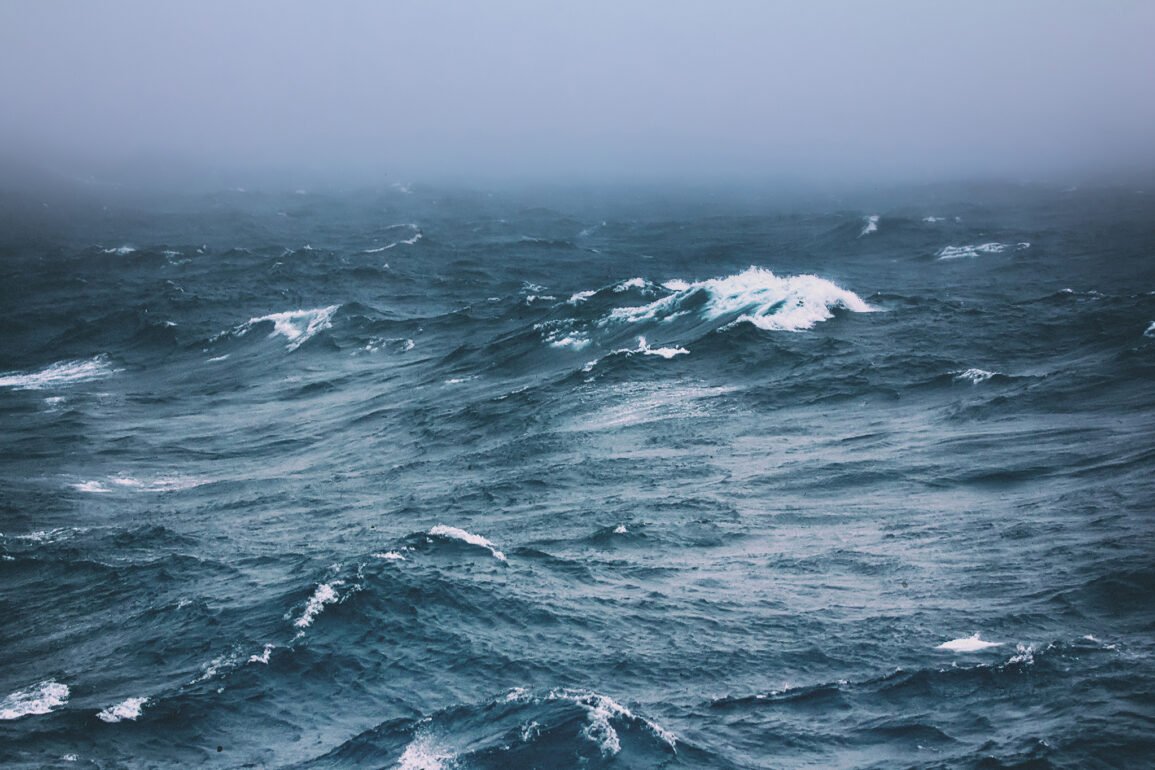The United Nations adopted on Monday (19.06.23) a “crucial” agreement to protect vast areas of vital marine ecosystems. Environmentalists welcome the deal because it could halt the loss of marine biodiversity and encourage sustainable development.
“The High Seas Treaty is essential for the protection of the oceans,” Rebecca Hubbard, director of the High Seas Alliance, told DW. The alliance is made up of more than 50 non-governmental organizations working to strengthen sustainable governance of the oceans. But the agreement does not only contemplate marine fauna. “It is also crucial for climate protection and the livelihoods of billions of people around the world,” adds Hubbard.
As recently as April and May of this year, scientists reported the highest global sea surface temperatures since records began in 1850. The oceans absorb 90 percent of the heat generated by the emission of greenhouse gases, which continues to warm the planet. The oceans are “the world’s greatest ally in the fight against climate change” and produce 50 percent of the Earth’s oxygen.
There are still many issues to be resolved
To enter into force, the binding treaty must be signed and ratified by at least 60 states. But adoption alone marks a major turning point for the protection of the high seas and all marine life. The treaty is expected to contribute to the conservation and sustainable use of marine resources while protecting the rights and interests of all countries involved.
When it comes to nature conservation, large areas of the ocean remain a kind of “no man’s land”: fishing, shipping, tourism and marine protection are regulated by some 20 organizations around the world. However, these rules only apply up to 200 nautical miles from the coast. From there, no national law is valid and the States lack the means of action.
Although the high seas cover more than half of the earth’s surface and 61 percent of all oceans, only 1 percent of international waters are protected.
Possibility of new protected areas on the high seas
The agreement creates a legal framework that allows the establishment of marine protected areas. However, many questions remain to be resolved, such as where and when these protected areas will be established and how exactly remote marine regions far from shores will be protected. “As soon as the states have approved the treaty, the work can begin,” says Rebecca Hubbard. But this has to happen as soon as possible to stop the extinction of species in the sea.
The goal is for the high seas protection treaty to be ratified by the countries before the UN Conference on the Law of the Sea, in June 2025. This would be very fast, but according to Hubbart it is possible and necessary.
How to protect marine ecosystems immediately
UNESCO estimates that about half of marine life could be threatened with extinction by the end of the century if nothing fundamental changes. This does not necessarily mean stop using the ocean, but rather using it in a way that, at best, does not harm it, or only enough so that it can at least recover on its own.
Currently, about 80 percent of the world’s wastewater continues to be discharged into the sea unfiltered, and in the poorest countries, this figure reaches 95 percent. This wastewater pollutes and destroys water bodies and coastal regions. Establishing sustainable wastewater systems, especially in developing countries, not only protects the marine ecosystem, but also contributes to improving the supply of drinking water in many places.





